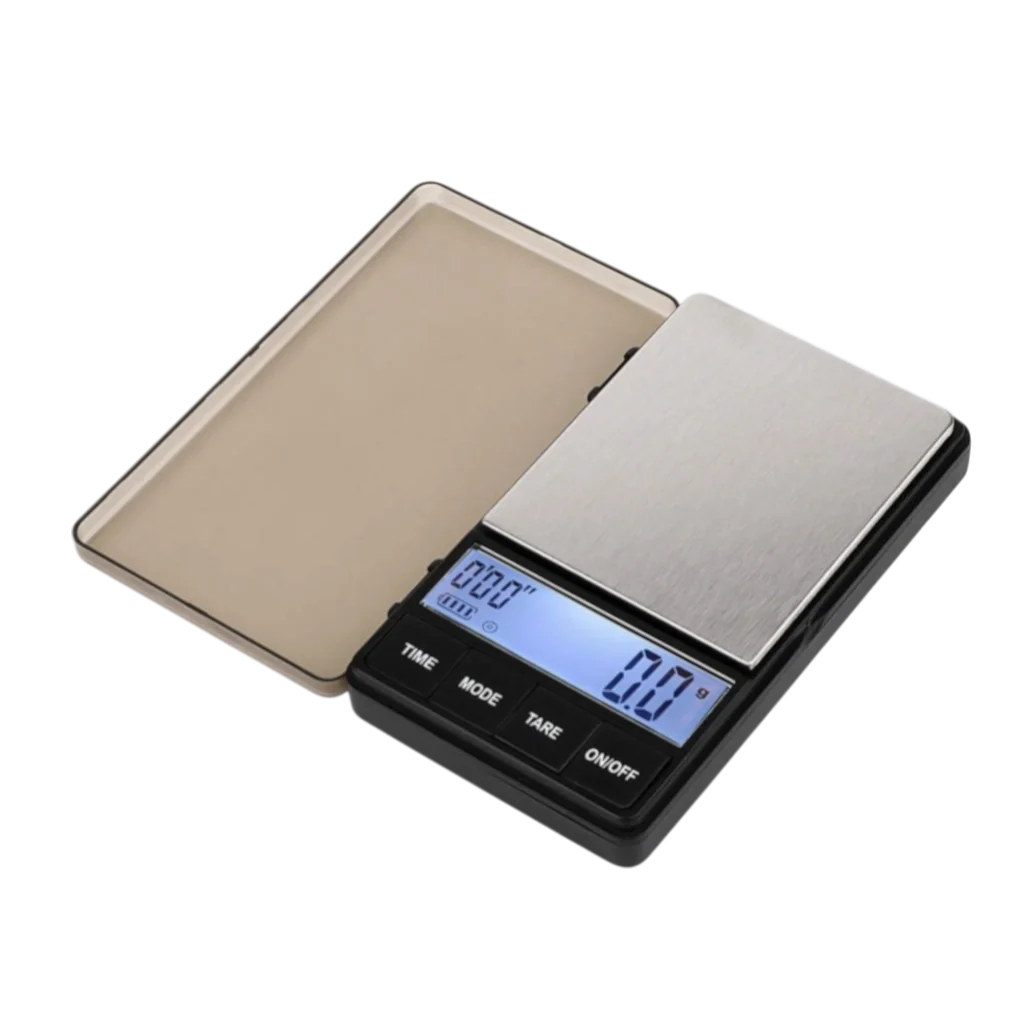When we describe coffee, it's about more than just identifying aromas and flavors. The two categories of body and texture, which we feel rather than taste, help us understand coffee even better and recognize truly good quality.
There's something pleasurable about describing coffees sensorially. It's fun to identify and classify aromas, and immerse yourself in the coffee. It's a complex, sometimes creative process. Tasting coffees with others makes it even more colorful—people from diverse backgrounds, each with a different vocabulary for describing the coffee, share ideas about the same coffee.
This creates a catalog of descriptions, from which we can record and store the most useful ones. We can recall these descriptions at the next tasting and continually expand our catalog. Various protocols allow us to record this information in writing.
From smell, taste and touch
Especially in tastings with others, it's often striking how differently coffees can be described in terms of aromas and flavors. If someone mentions green malic acid, salted caramel, and ripe red grapes, most consumers might shake their heads and describe the same coffee as "different, special, and unusual." But for coffee lovers, this can be precisely the motivation to describe a coffee's aroma with ever greater precision.
However, precise descriptions of aromas always involve associations with things we already know. We can only recognize smells and flavors in coffee that we already know.
So, first we need to know what caramel is, and then try to find the similarities to caramel in a coffee. This takes some practice, but it's even easier if someone can help us. For example, coffee descriptions from roasters are helpful. If coffees are described precisely as fruity or sweet, we can try to taste the attribute. It would be brilliant if the description always matched the sensation.
Smell and taste are highly individual and depend largely on what we already know. Therefore, it's worth describing coffee not only by its aroma, but also by how it feels. This is where the strength of all of us comes into play: we usually feel better than we smell and taste. However, we're not really aware of it because we don't concentrate on it all the time. But feeling is something we're born with. We can sense something soft or rough without knowing it beforehand. But we can't recognize green malic acid if we've never eaten a green apple.

Feel the coffee
The texture of the coffee significantly influences our perception. If a coffee has a syrupy consistency and lingers on the tongue longer, we have more time to analyze it. The flavors appear more intense.
On the other hand, if a watery coffee melts quickly from the tongue, it contains fewer dissolved substances. The low intensity and short lingering time mean that the flavor notes are only vaguely perceptible. The element that contributes decisively to the quality of a coffee and its readability is the body and mouthfeel/texture.
The mouthfeel
The quality of the mouthfeel plays an important role in the sensory assessment of a coffee. Even if the coffee has great aromas and complex acids, if the mouthfeel is poor, the coffee remains less enjoyable and the flavor notes are less legible.
Mouthfeel is the multifaceted, tactile sensory impression of a food. We explore the texture of food or liquids with our tongue, rather than our palate. The term "mouthfeel" is a somewhat unfortunate borrowing from the English word "mouthfeel ." Texture, often used in wine sensory analysis, describes the same effect as mouthfeel and can easily be substituted for it.
The differences in tactile sensations between crispbread, oysters, and dough are enormous. The vocabulary used to describe these differences is equally broad: crunchy, slippery, chewy, etc.
With coffee, things are different. Coffee, as a beverage, is liquid, and thus the spectrum of intensity is limited: thin – liquid – thick. Instead of going into breadth, we need to go into depth and describe the quality of intensity to communicate coffee. From tea-like, silky, velvety, juicy, to round, creamy, syrupy, etc., a wide range of descriptions is available to us.
For example, on the Flavor Wheel from Counter Culture Coffee:

The body / body, the weight
The body of a coffee gives us an idea of how heavy or light a coffee can be. Especially in sensory courses, I've repeatedly noticed how difficult it can be to describe the "body" of a liquid substance. It's somewhat abstract to bring together various, seemingly unrelated concepts, especially with coffee that we want to drink, not just look at.
However, if we translate "body" as "weight," it helps many people grasp the concept more easily. This allows us to use familiar words like "light" or "heavy" to describe the feel of coffee.
Counter Culture Coffee's Flavor Wheel breaks down the coffee's weight into three levels. This is a reduced scale and sufficient for coffee analysis.
The weight x The mouthfeel
If we now combine both concepts, we are able to create a precise, yet simple and understandable description of coffee.
- So we can have a light (weight) coffee in front of us that is round and silky (mouthfeel).
- Or we drink a heavy (weight) coffee that is syrupy and creamy (mouthfeel).
We combine two different categories, use familiar terms, and describe simply but precisely how a coffee can feel. What exactly constitutes light, medium, and heavy, and what distinguishes a silky texture from a velvety one, takes practice—and you'll gain this knowledge primarily through discussion with others who drink and evaluate the same coffee.
Why is mouthfeel a quality indicator?
The mouthfeel of good coffee differs greatly from mediocre coffee, and even more so from lower-quality coffee. Several factors contribute to this, but one is primarily responsible: the ripeness and uniformity of the coffee cherries. Ripe coffee cherries indicate through their color that the seed (the future coffee bean) has fully ripened, received the necessary nutrients, and is ready for harvest. The color of the cherry is comparable to a traffic light system—except that here, red is extremely positive.

Seeds from riper cherries have a softer texture because they are fully ripe. Seeds from unripe cherries are harsher because they lack the necessary sweetness.
The roasting method can either utilize this initial situation positively or negate it. Shorter roasts retain the existing texture, and can even be enhanced with an extended Maillard phase. On the other hand, longer roasts, which often have a baked character, increasingly reduce the texture, virtually hollowing it out. We often describe the mouthfeel as empty and hollow—although the weight of the roast's high solubility can still be heavy.































Leave a comment
This site is protected by hCaptcha and the hCaptcha Privacy Policy and Terms of Service apply.